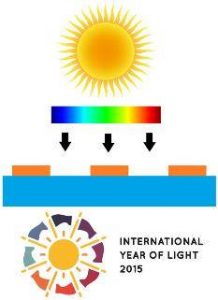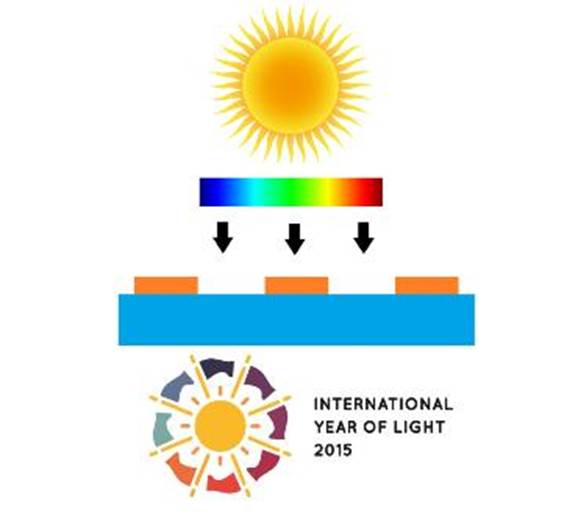 2015 is the International Year of Light, proclaimed by the United Nations to recognize the achievements of light science and its applications, and its contributions to humankind. It will raise special attention for major topics and key technologies in the field of optics and photonics. Advanced Optical Materials contributes to this goal through publishing a special series of outstanding review articles.
2015 is the International Year of Light, proclaimed by the United Nations to recognize the achievements of light science and its applications, and its contributions to humankind. It will raise special attention for major topics and key technologies in the field of optics and photonics. Advanced Optical Materials contributes to this goal through publishing a special series of outstanding review articles.
Efficient absorption of solar radiation is highly desired for the renewable energy sector, such as solar photovoltaics and solar thermal applications. Using the natural absorbing properties of materials, as well as their composite and multilayer arrangements, is an approach limited to the intrinsic materials properties and a rather mature research area. However, absorbers with structured surfaces have the advantage that they derive their electromagnetic properties to a greater extent from their geometry and to a lesser extent from the intrinsic properties of the constituent materials. Iryna Khodasevych, Arnan Mitchell and Gary Rosengarten (RMIT University, Melbourne) give a comprehensive review on various classes of patterned structures used for solar absorption, such as photonic crystals, metal–dielectric–metal slab arrays, metamaterials, and nanostructures operating in the visible and infrared wavelength ranges. The article includes recent progress in achieving various desirable absorber features, such as broadband and multiband operation, polarization and angle independence, flexibility, and tunability. The authors give also suggestions regarding future research directions.
The full series can be found at www.advopticalmat.de/IYL. All articles are published in Advanced Optical Materials and added to this virtual issue over the year.

















